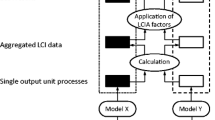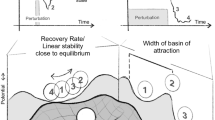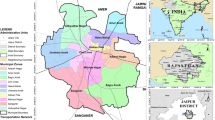Abstract
The analytical structure of environmental impact assessment is continually changing as the applicability of established techniques from other fields and the development of novel methods become known. This paper illustrates the applicability of using existing data bases, through a geographic information system, for theex ante evaluation of land use disruption. More specifically, the Canada Geographic Information System was employed to retrieve, to analyze, and to produce land capability statistics and land use maps for the proposed Glengowan dam and reservoir.
Similar content being viewed by others
Literature cited
CGIS (Canada Geographic Information System) 1976.Lands Directorate. Environment Canada, Ottawa.
CLI (Canada Land Inventory) 1969.Land Capability Classification for Outdoor Recreation. Report No. 6, Department of the Environment, Ottawa.
Griffith, C. R. 1978. Social impact assessment: The proposed Glengowan dam and reservoir.Social impact assessment, No. 30, 4–12.
Switzer, W. 1976. The Canada Geographic Information System.Proceedings of Symposium on Geographic Information Processing, Carelton University, Ottawa. pp. 22–39.
Tomlinson, R., H. Calkins, and D. Marble 1976.Computer Handling of Geographial Data. The Unesco Press, Paris.
Author information
Authors and Affiliations
Rights and permissions
About this article
Cite this article
Griffith, C. Geographic information systems and environmental impact assessment. Environmental Management 4, 21–25 (1980). https://doi.org/10.1007/BF01866217
Issue Date:
DOI: https://doi.org/10.1007/BF01866217




